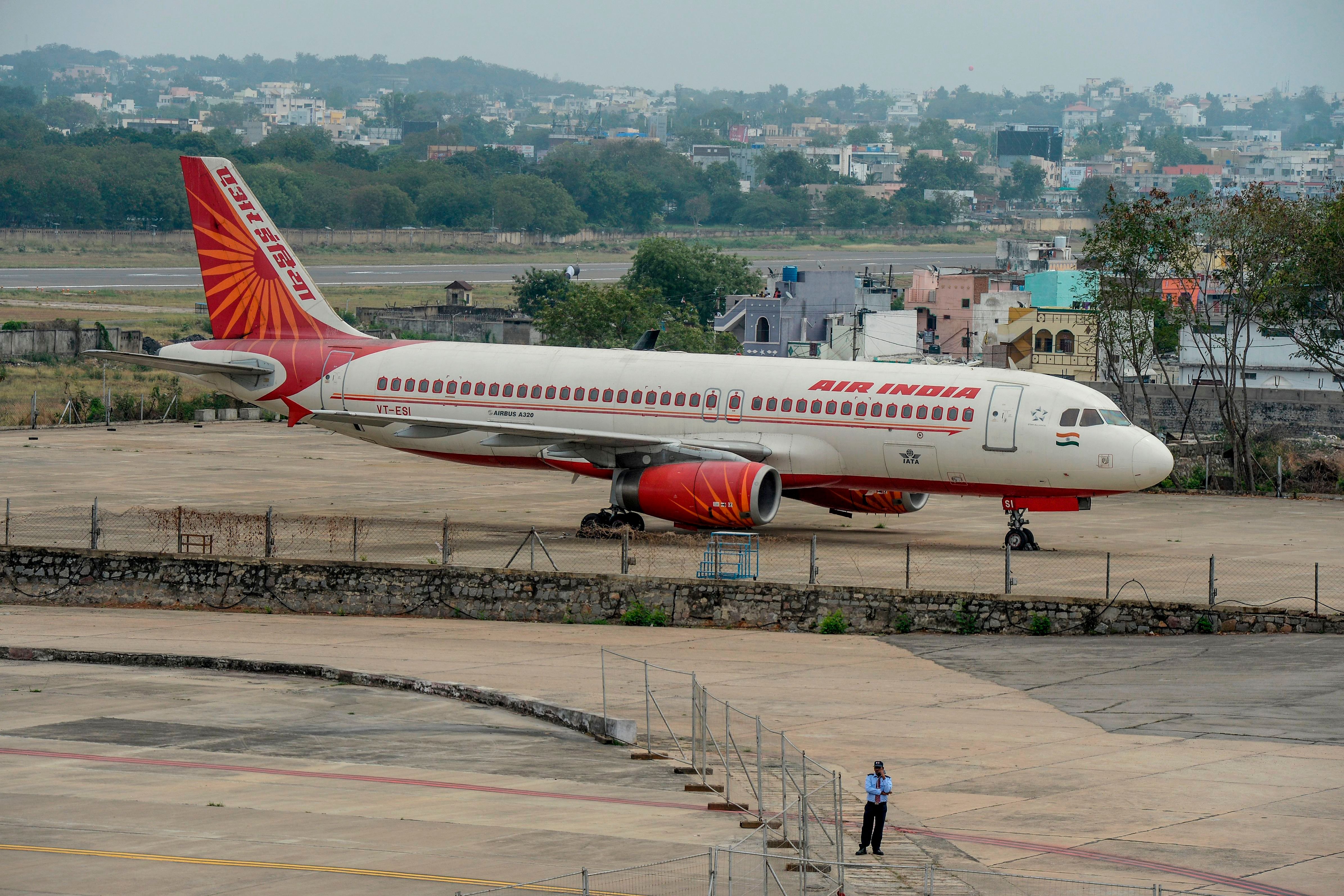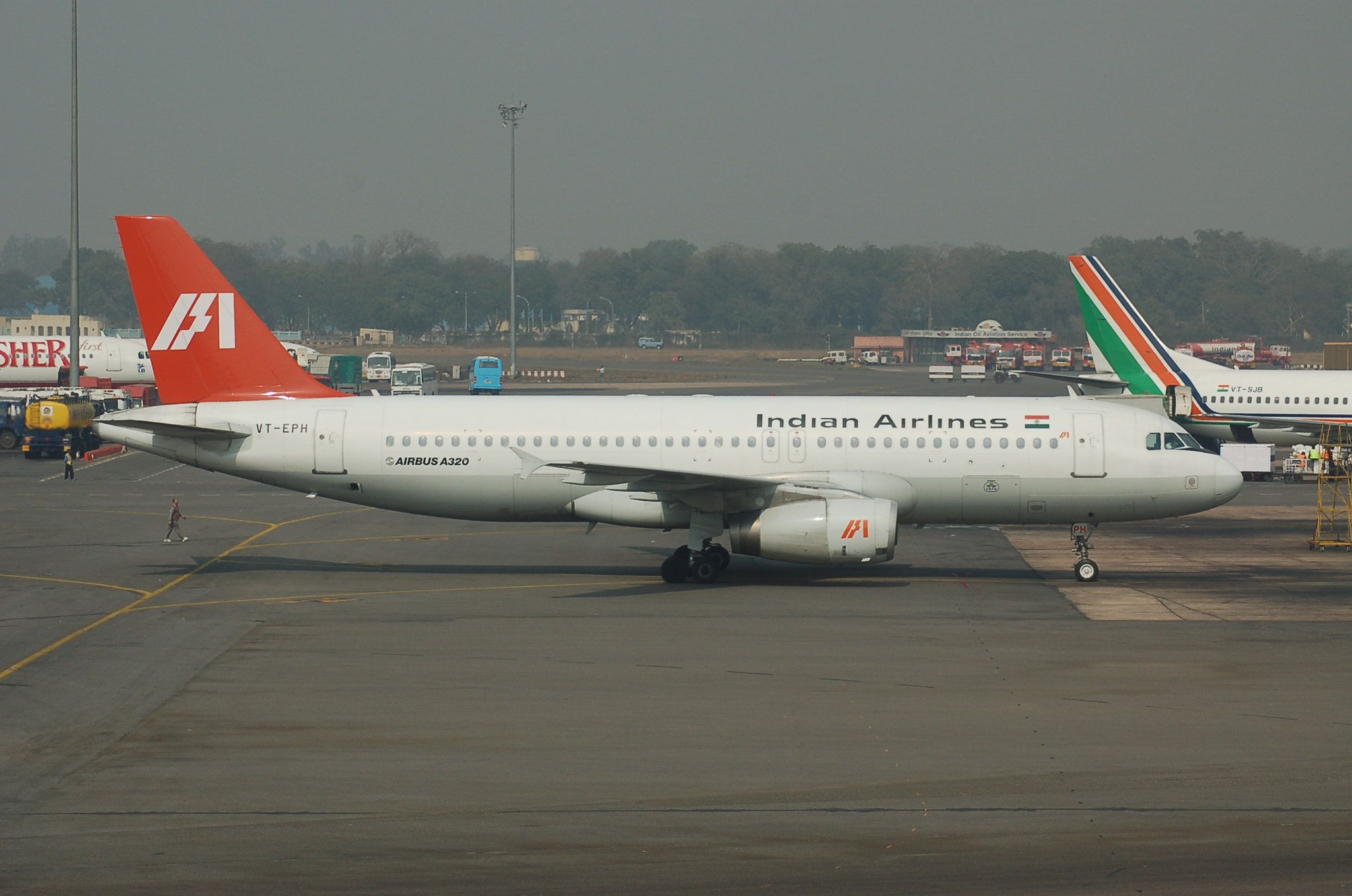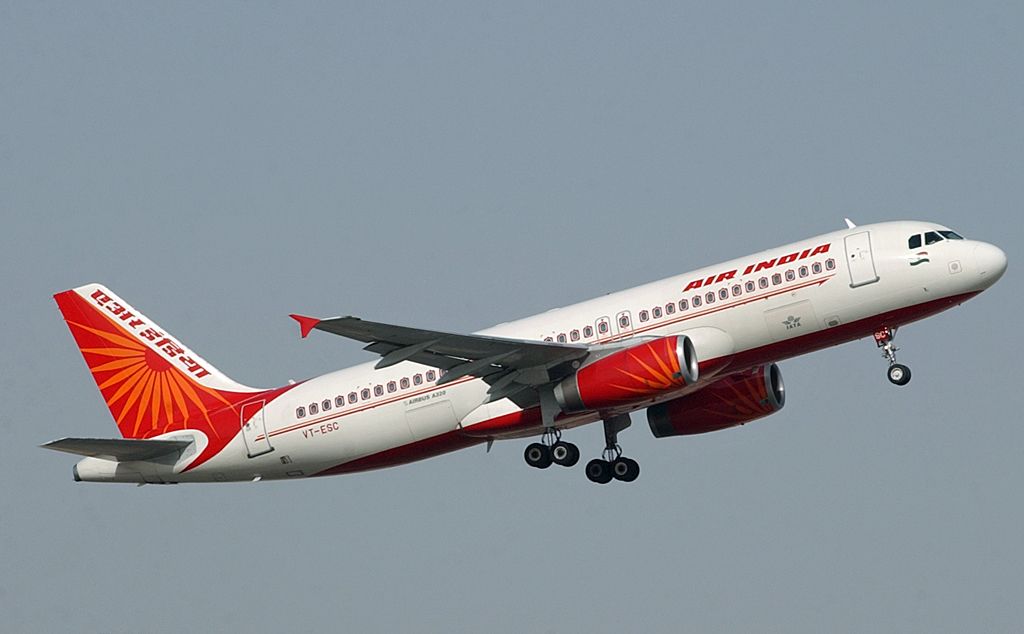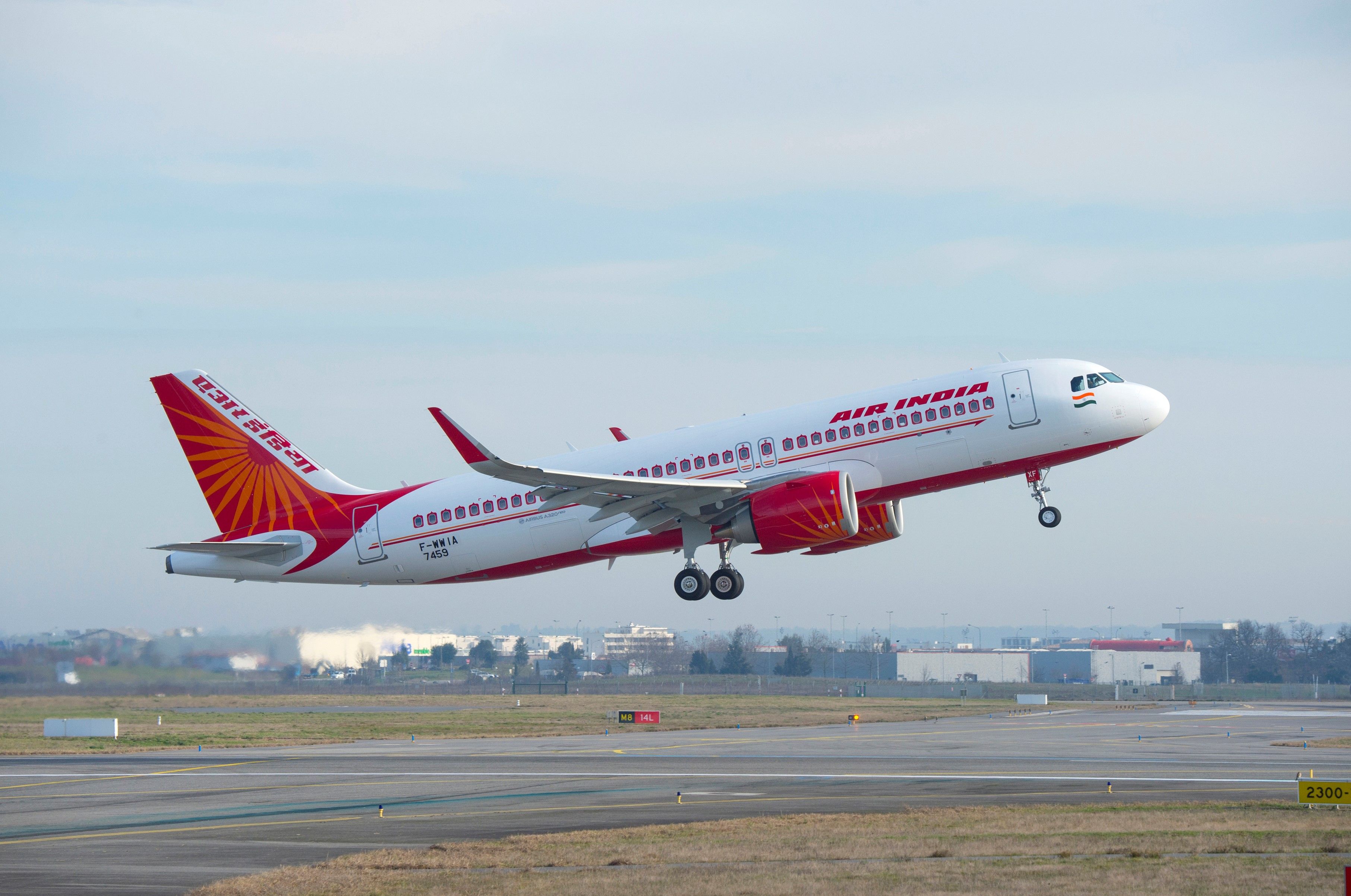There are many interesting tidbits in the aviation world. One such quirk that you may or may not have seen on your travels is the fact that some of Air India's Airbus A320 aircraft had a little addition to their landing gear. You may not notice it at first, but some of the carrier's Airbus A320s had extra wheels, as seen above.
Dating back to Indian Airlines
These additional wheels did serve a purpose, and were far more than merely an aesthetic choice. Indeed, according to Travel Update, this was because of an infrastructure issue at some Indian airports. However, these were not common across A320s, and only affected a small number of Airbus A320 aircraft in service.
The quirk dated back to the era of Indian Airlines, which received 31 double-bogied A320s between June 1989 and December 1994. These aircraft then ended up at Air India after Indian Airlines was merged into the flag carrier.
Get the latest aviation news straight to your inbox: Sign up for our newsletters today.
Weaker pavement
While the A320 is not the heaviest aircraft, it still carries substantial weight. During landing, taxi, or takeoff, this can cause stress on the runway pavement. As it turns out, some of India's pavements had a lower classification.
The classification number gives details relating to the strength of the pavement, and the amount of weight it can handle. Due to this lower classification number, the load of the aircraft had to be distributed across multiple wheels. As such, some of Air India's A320s had these extra wheels. Similar issues at Sweden's Säve (Gothenburg City) Airport forced this facility to close to jetliners.
Want answers to more key questions in aviation? Check out the rest of our guides here!
Less necessary on newer aircraft
Meanwhile, as seen in the photograph below, Air India's newer A320s and A320neos do not have extra wheels. This is because of infrastructure updates that have come to the country's airports over time, which have resulted in the presence of stronger pavements that can handle heavier aircraft. As Travel Update reports, Air India actually retired the last of its double-bogied A320s in June 2019.
In truth, most people probably do not realize how many wheels their plane has. Finding an A320 at Air India (or indeed any other carrier) with extra wheels would have been a treat for avgeeks, although they might have had to travel rather far to find these select aircraft. If you did travel on one of these planes, there was likely little to distinguish them from normal jets in terms of passenger experience.
Air India's A320 family fleet today
Today, single-bogied aircraft from the Airbus A320 family make up the entirety of Air India's narrowbody fleet. According to data from ch-aviation.com, this consists, in terms of first-generation aircraft, of 20 A319s, nine A320s, and 20 A321s. However, in recent years, Air India has also begun receiving next-generation jets.
Indeed, these have come in the form of 27 modern Airbus A320neo aircraft. These efficient twinjets are the youngest planes in Air India's fleet, with an average age of just 4.7 years old (compared to 11.1 for the fleet as a whole).
Did you ever fly on an Air India Airbus A320 with extra wheels? Perhaps you've seen extra wheels on other airlines' A320s? Let us know your thoughts and experiences in the comments!
Sources: ch-aviation.com, Travel Update






